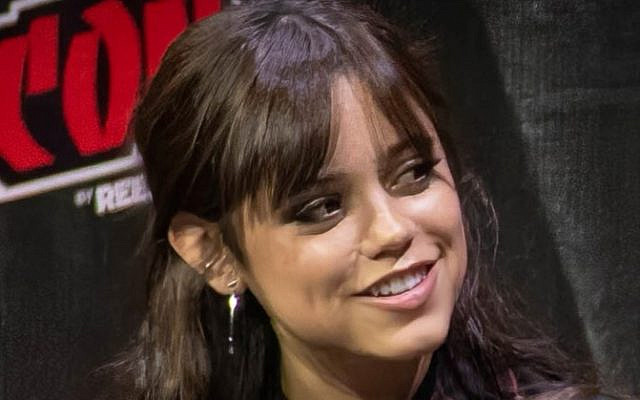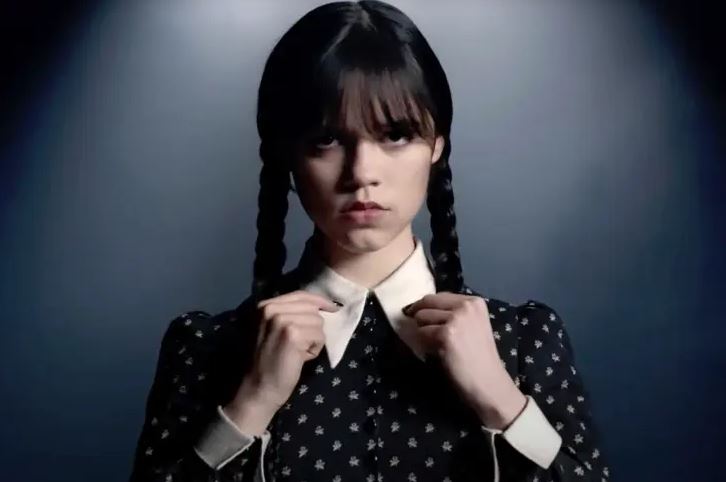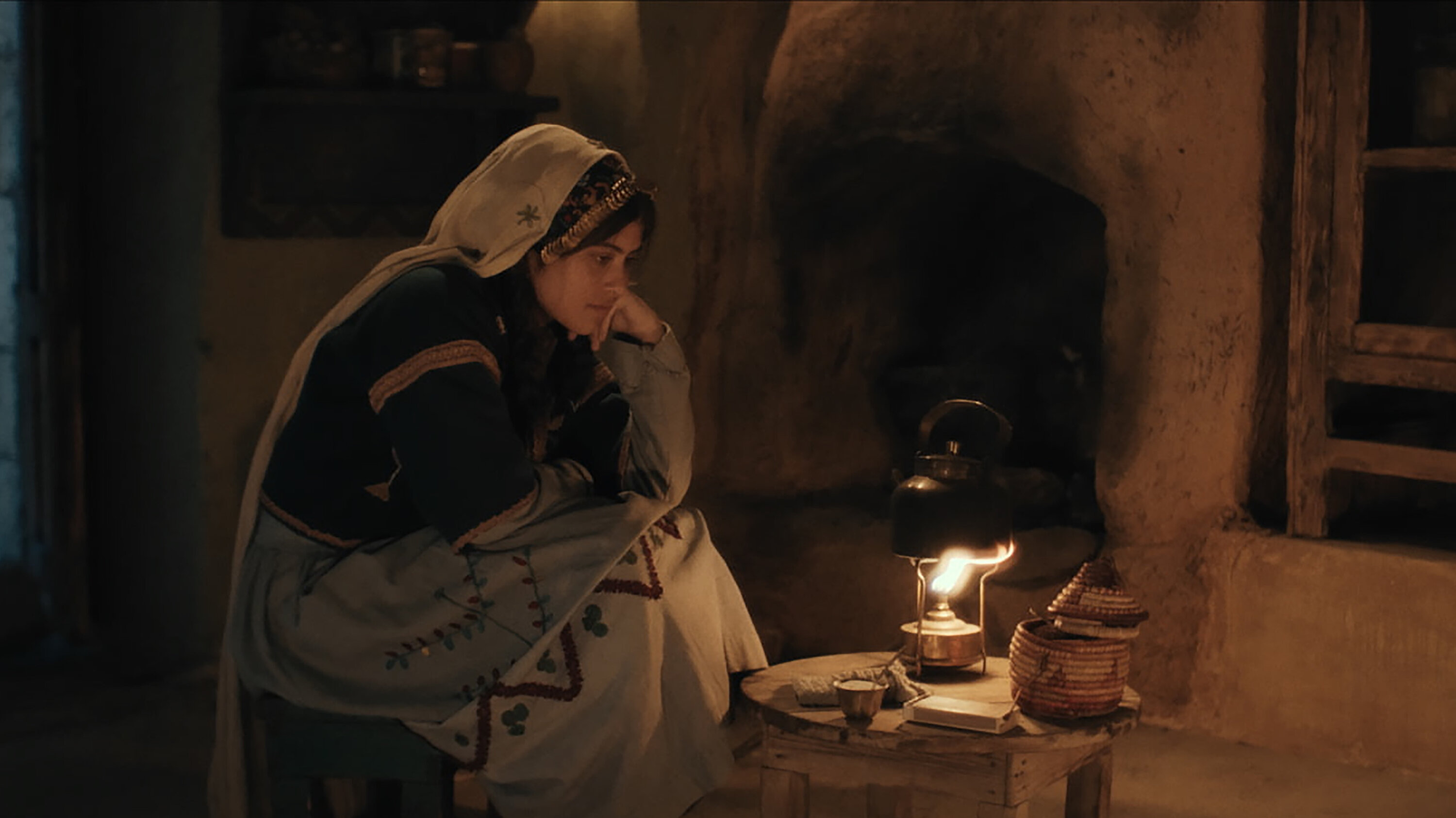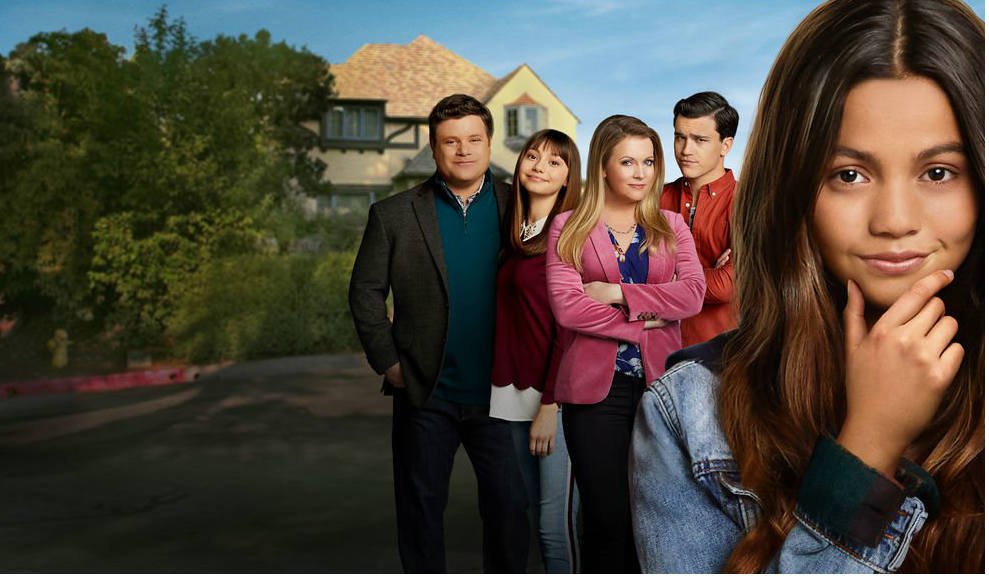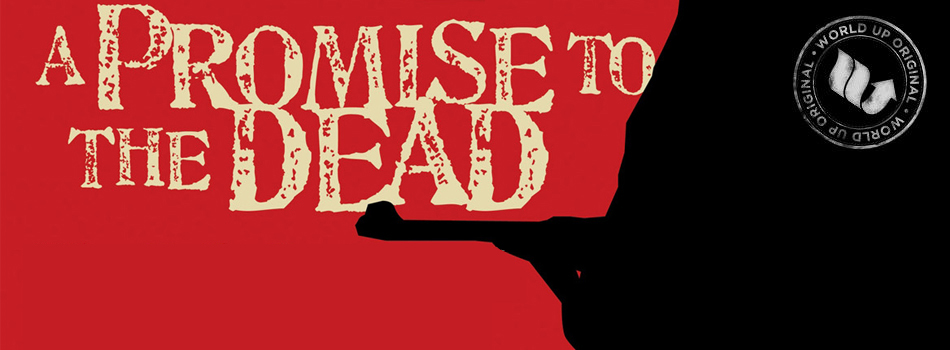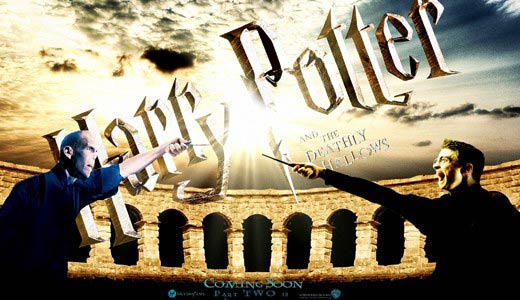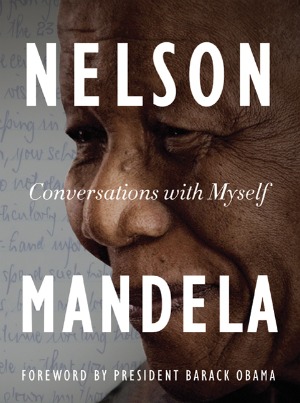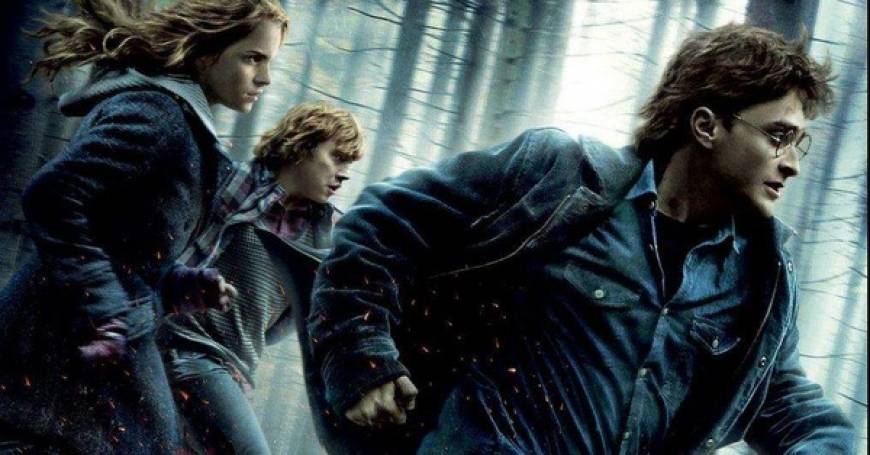On Instagram alone, Gen Z superstar Jenna Ortega has more than 40 million followers, roughly three times as many people as there are Jews in the world. Consequently, what she says about us matters. And what she’s been saying has been bad.
Very bad.
I wrote in these pages last year that Ortega seemed to be an intelligent person who had, in her naivete, made an innocent mistake in posting propaganda from a website that justifies violence and seeks Israel’s destruction. I also argued that she probably isn’t an antisemite.
I retract at least one of these judgments.
She’s either a smart antisemite or a decent person who happens to be, to put it plainly, stupid. As I demonstrated in previous posts, the website she linked to had deeply antisemitic content. It was created by people who champion terrorists who killed civilians and who think that a “free Palestine” would mean most Jews leaving Israel and the remainder being “re-educated.” After the article and ensuing blowback, the actress quietly removed the pinned post from her Twitter (now X) feed.
Everyone makes mistakes, but a smart person in her position would be extremely careful in what content she posts moving forward, at least if she cares an ounce about the Jewish people. Unfortunately, she hasn’t been.
On October 18, yesterday, Ortega used her platform to broadcast to the world a message calling to “stop the genocide against Palestinians.” The idea that the planet’s only Jewish state, uniquely evil, is somehow hellbent on killing innocent Palestinians harkens back to the Middle Ages. Then, Jews were routinely accused of plotting to kill children or other crimes. It was common to accuse us even of trying to wipe out much of Europe by poisoning drinking water. The only difference is that before Jews were thought to be working out of their shtetls; now we are assumed to be using the miraculous state we established to kill for fun.
The notion that Israel is consciously trying to kill off the Palestinians is not just insane – it is, as President Herzog himself said in reference to the various conspiracy theories being pedaled, a modern form of blood libel.
And now Ortega’s broadcast it to 40 million people, most of them young and impressionable kids who listen more to celebrities than thought leaders.
It should come as no surprise to any thinking person that these kinds of accusations fuel hatred against Jews and can end up getting people hurt – or worse. In recent years, but especially since the Oct. 7 terrorist attack on Israel and Israel’s response, Jews around the world have been fearful of going to synagogues, wearing their Magen Davids in public, sending their kids to Jewish schools, and a host of other things that non-Jews do without a care in the world.
They’re not fearful for no reason: the FBI and police departments across the country and world have been forced to step up security around Jewish institutions. Antisemitic incidents in the U.S., which had already been on the rise, rose by a whopping 300 percent, dramatically increasing after the Israel-Hamas war began. A teacher was stabbed in France. A synagogue was firebombed in Germany. The list goes on. Even as I write this, the news is reporting that a New York woman was just punched in the face by an assailant who yelled, “You are Jewish.”
And Ortega decided to fan the flames to her 40 million followers around the world.
Here’s the tricky part, the part that makes it unclear whether Ortega was motivated by a belief that Jews are generally bad and wanted to hide that unfortunate believe or if she is just really, really gullible.
The post Ortega shared was from a group called “Jewish Voice for Peace.”
Perhaps Ortega thought that JVP must not be a problem, given the term Jewish in their moniker. But a person of goodwill who had already been condemned for posting a call to destroy a nation, if they were smart, would have done at least a little bit of research into the organization whose voice they’re amplifying to millions, especially when it’s making accusations of genocide.
If Ortega merely spent a moment on Google, she would have found that JVP, far from being a nice and fluffy peace group full of Jews, is actually a shadowy organization flagged by the Anti-Defamation League’s Center on Extremism. The ADL’s report is literally the second thing that comes up in a Google search for “Jewish Voice for Peace.”
The ADL states the problem with JVP very clearly: “JVP does not represent the mainstream Jewish community, which it views as bigoted for its association with Israel.” Further, “The spread of JVP’s most inflammatory ideas can help give rise to antisemitism.” The idea that the Jewish state is engaged in genocide is certainly one of its most extreme ideas.
Click here to read the rest of this post at the Times of Israel.
